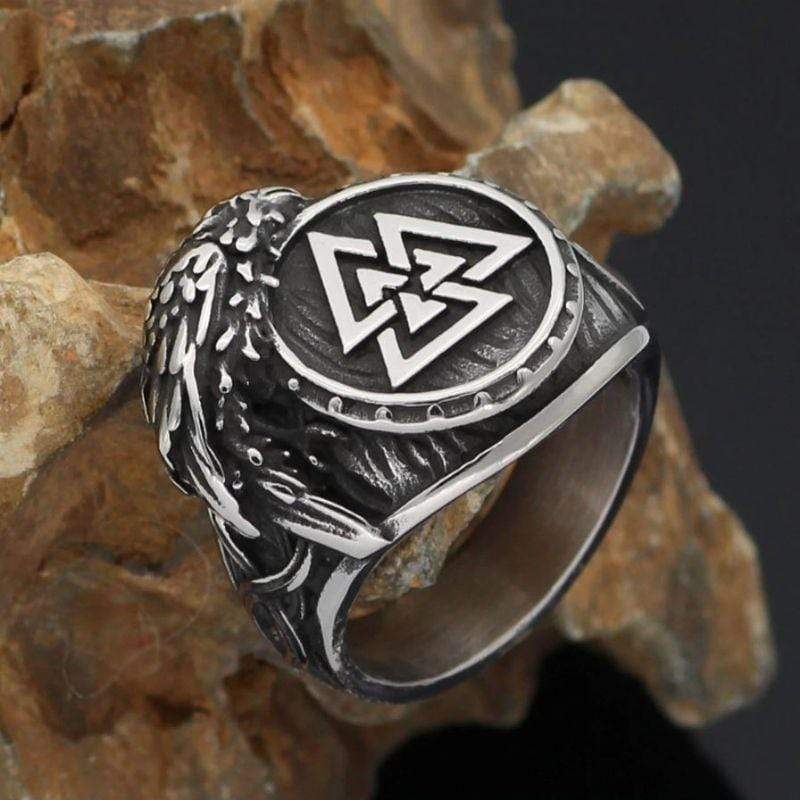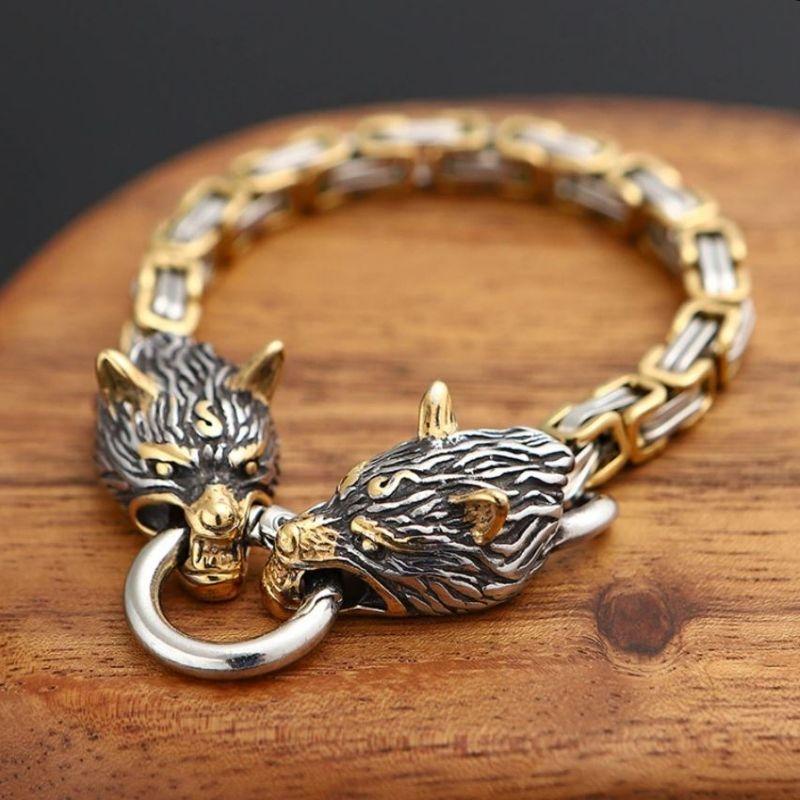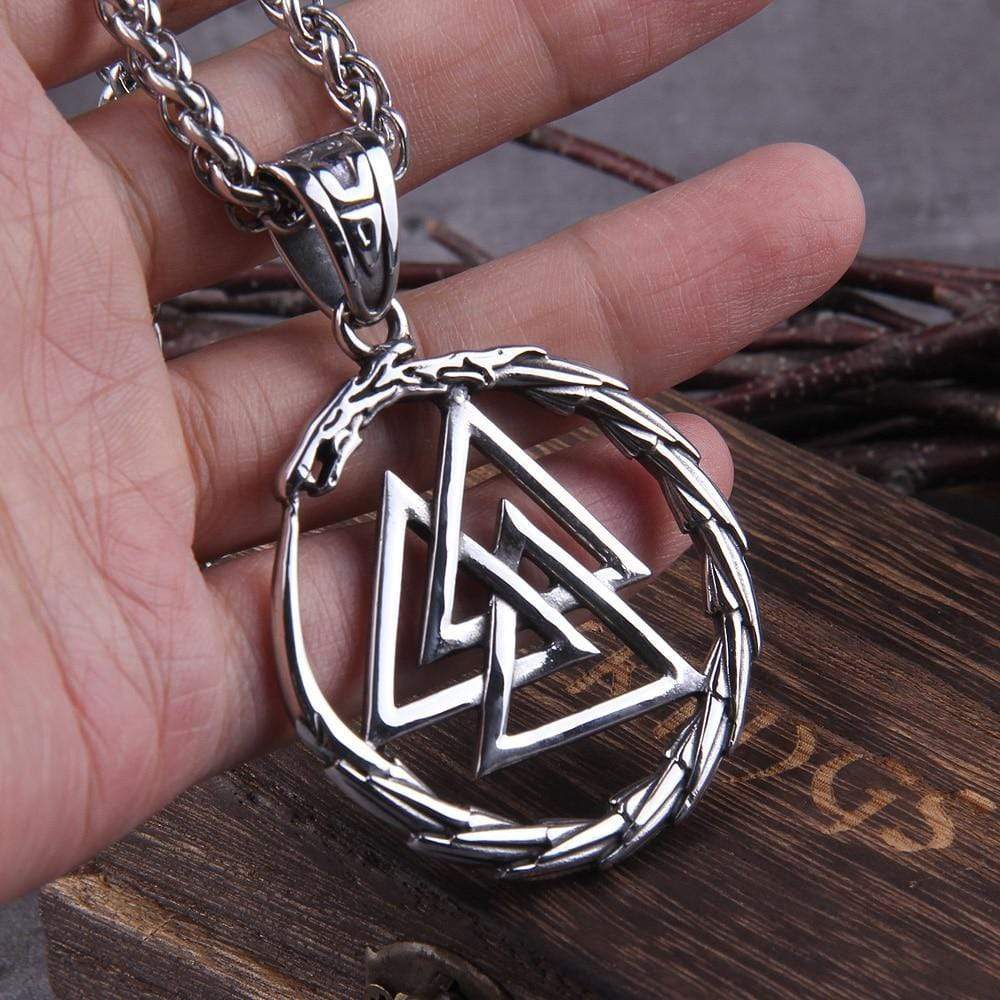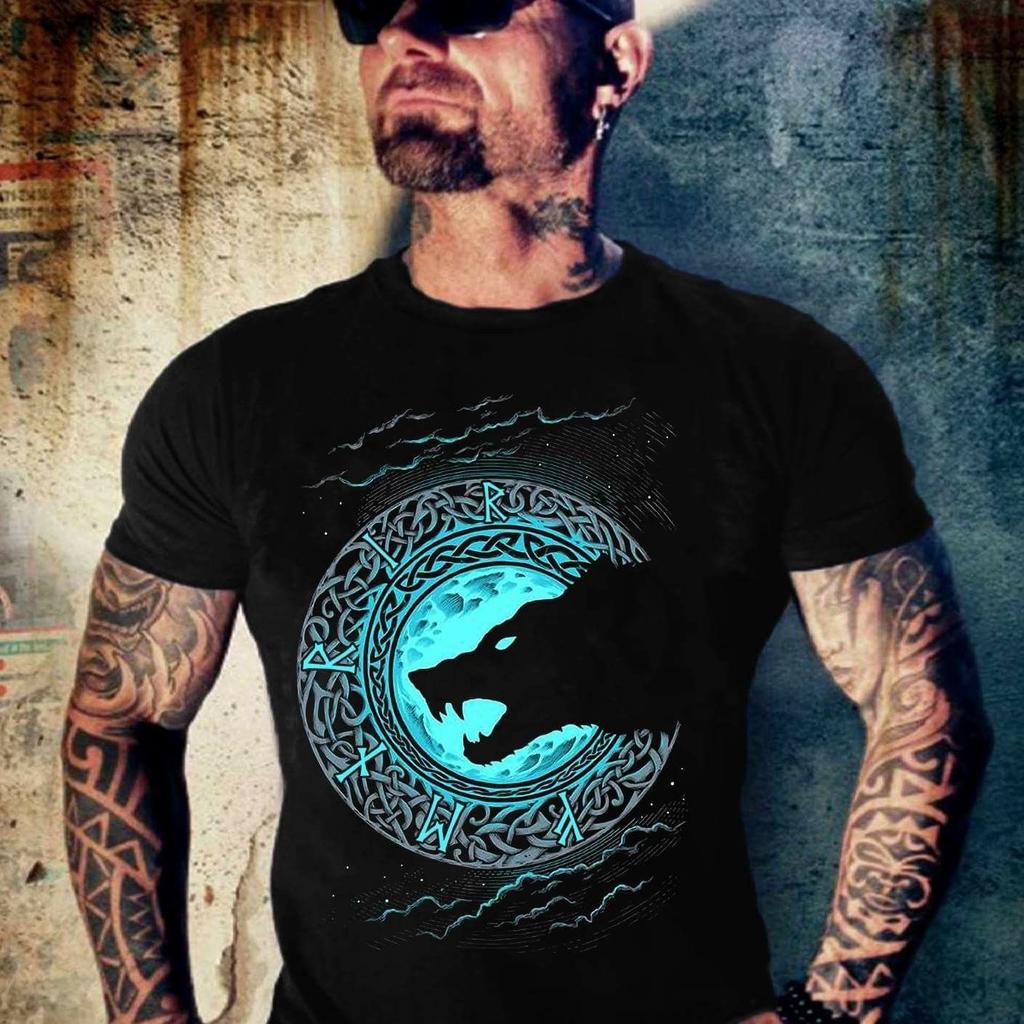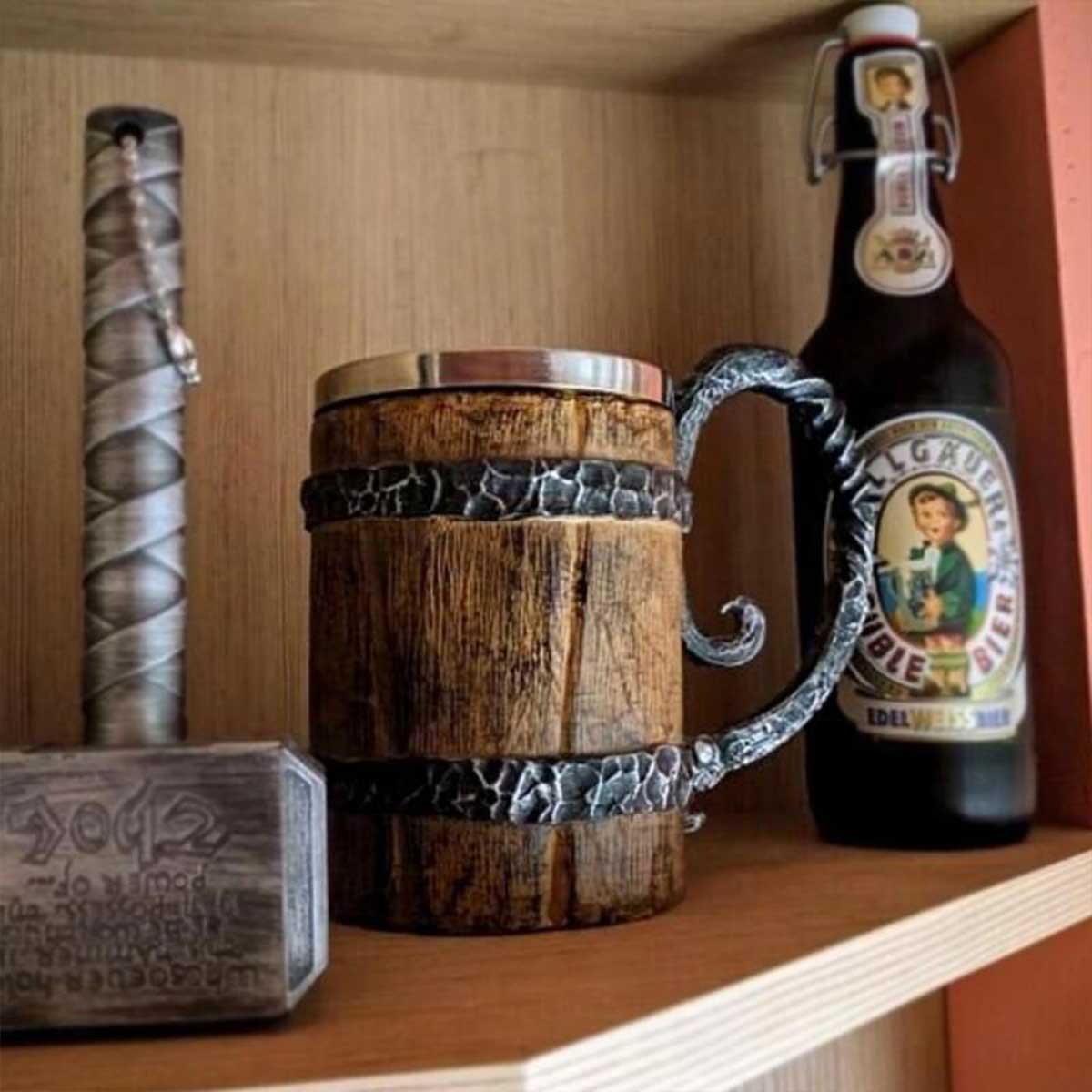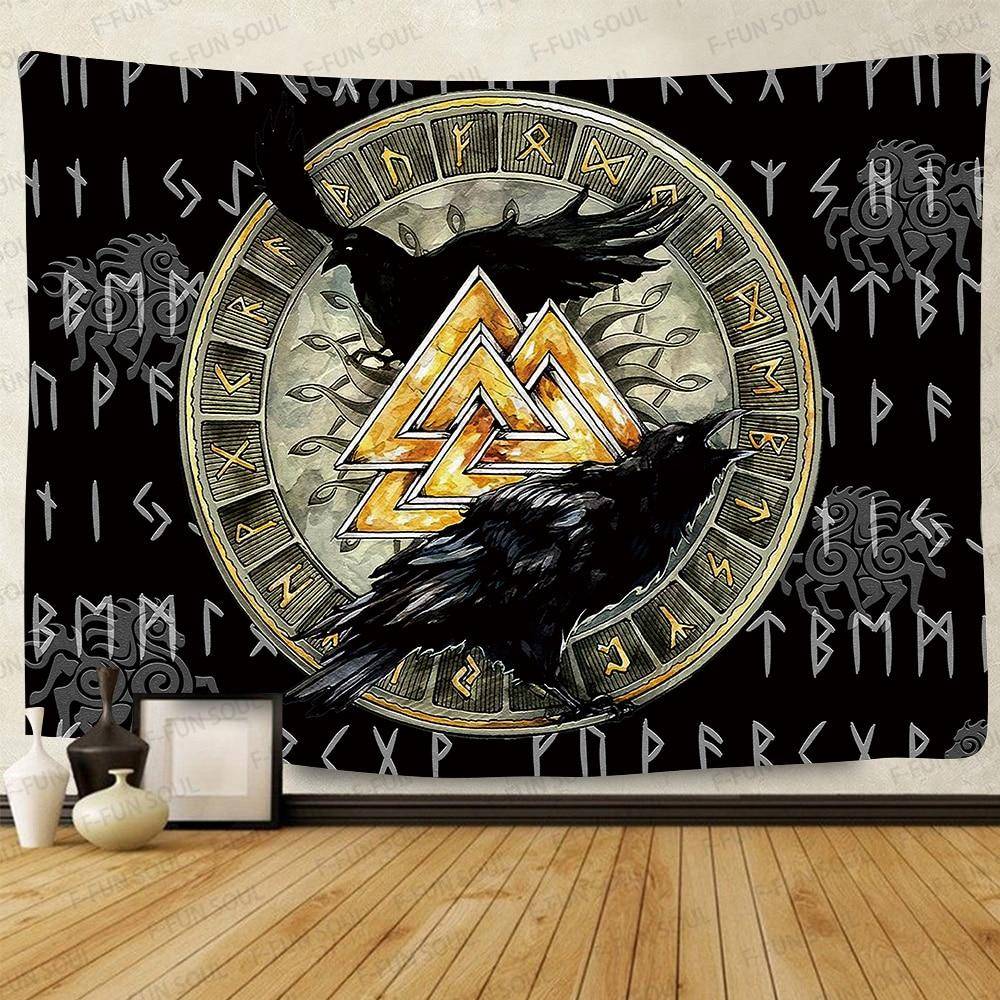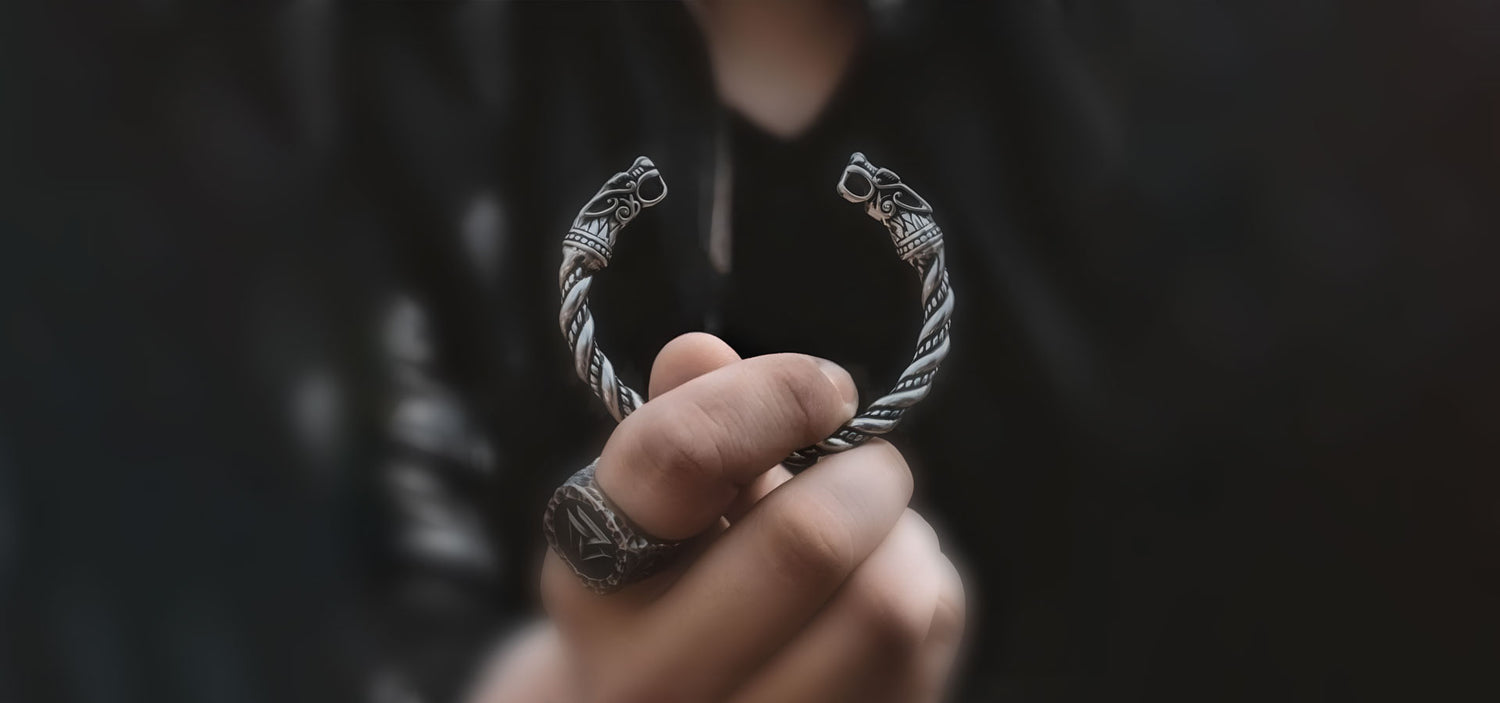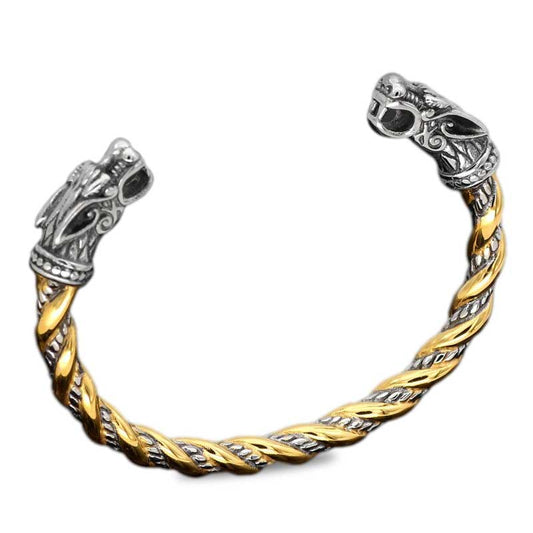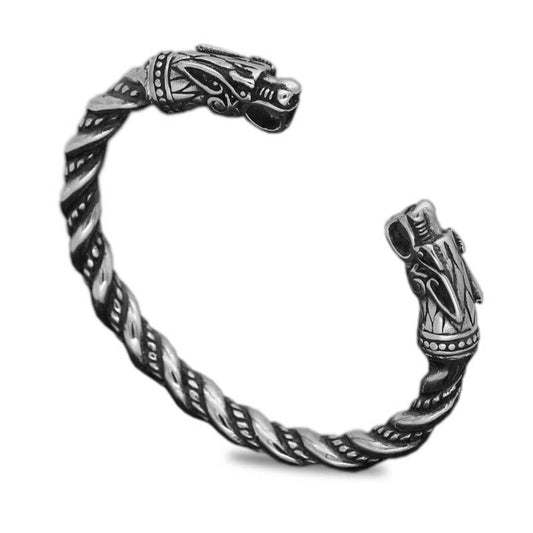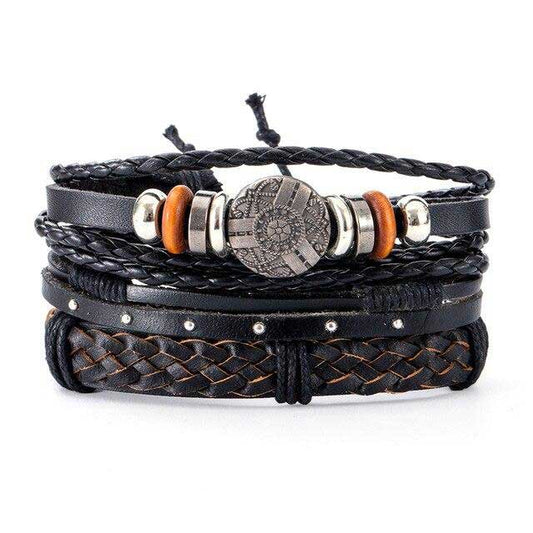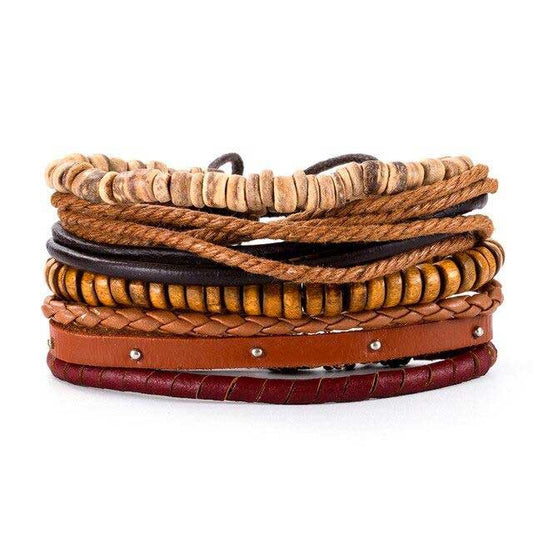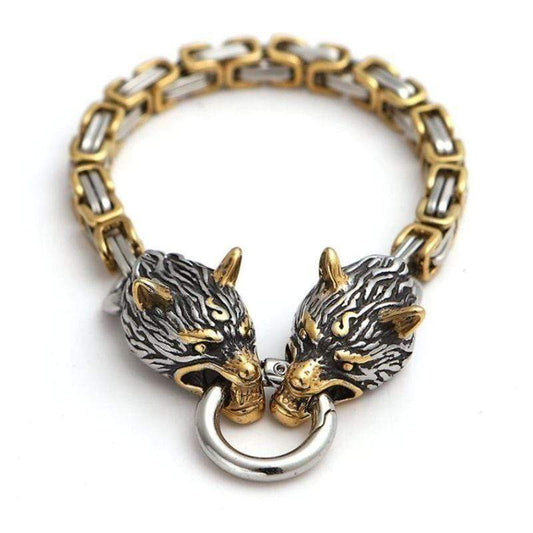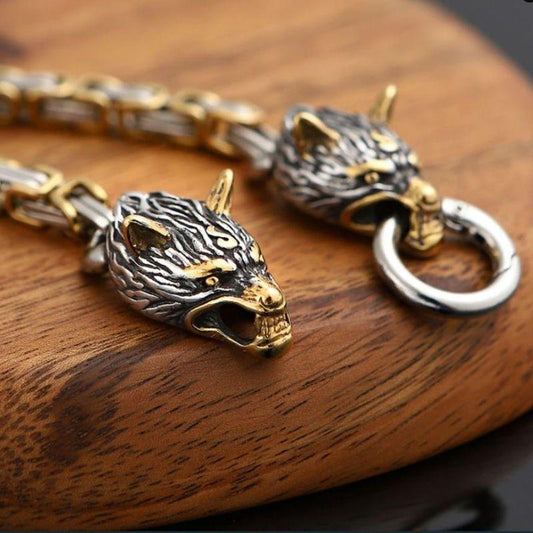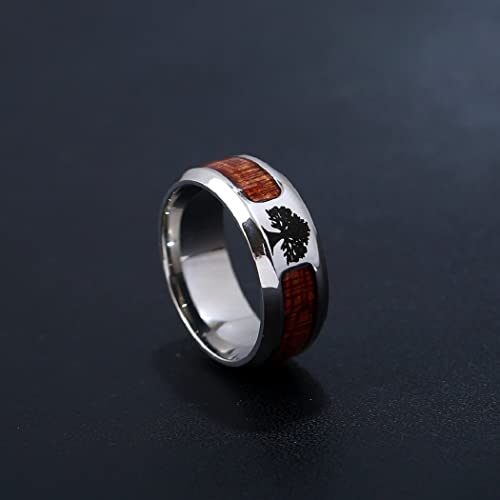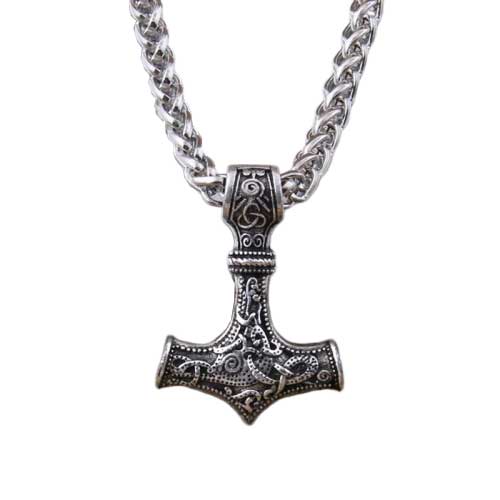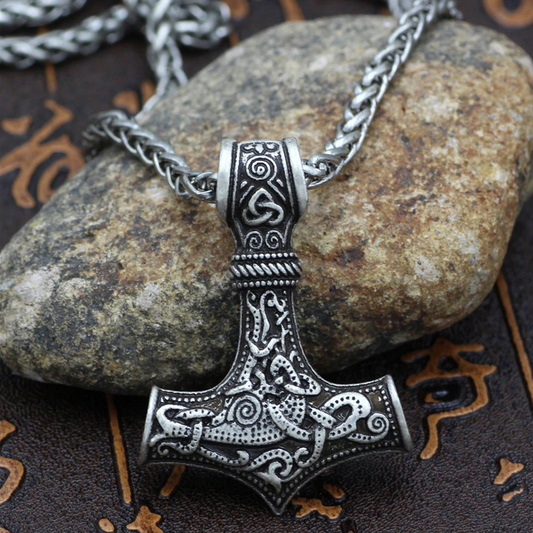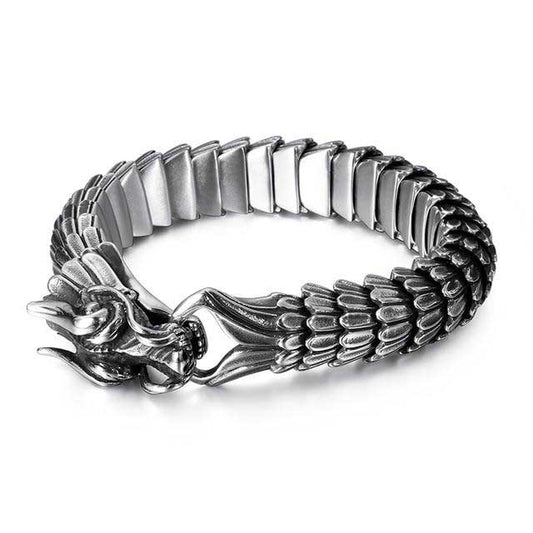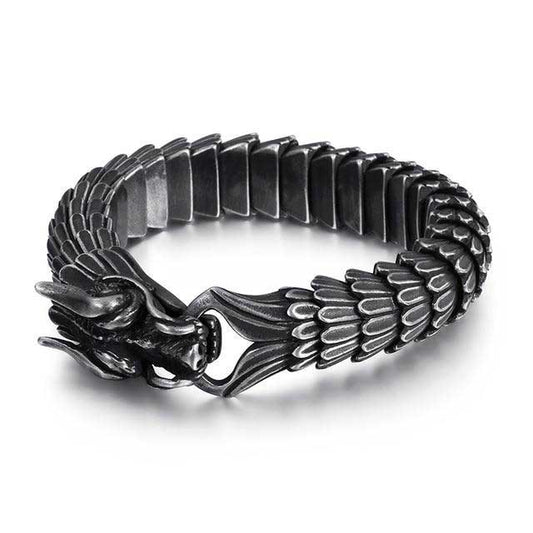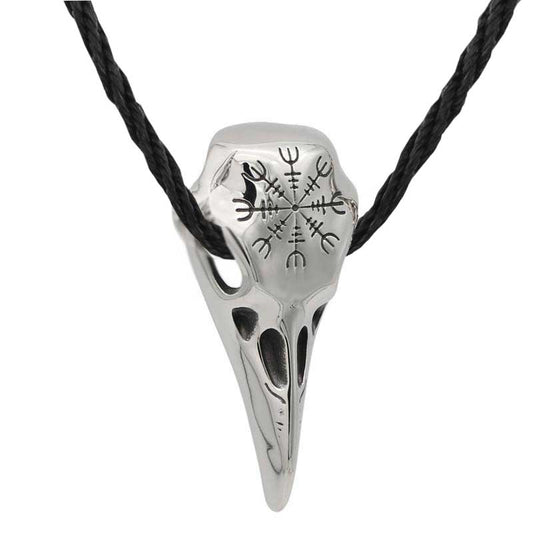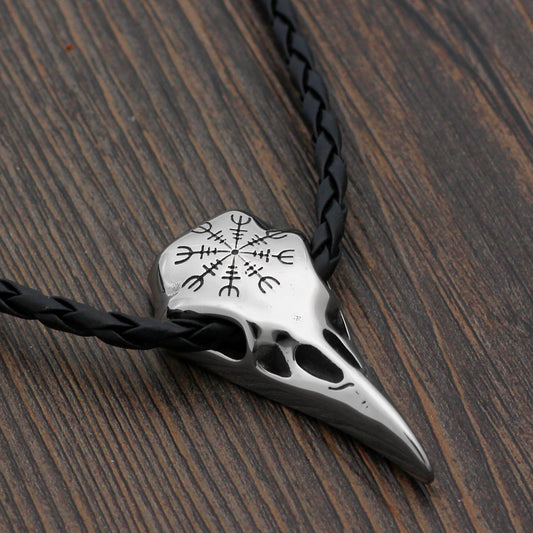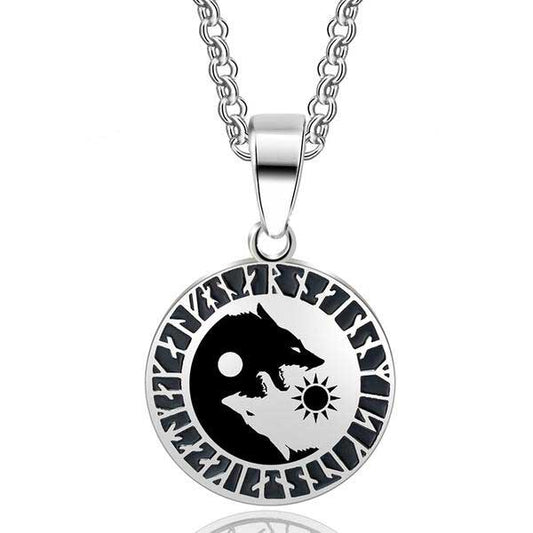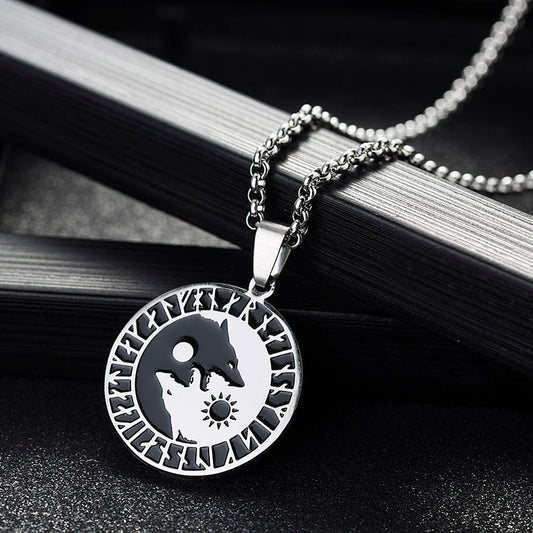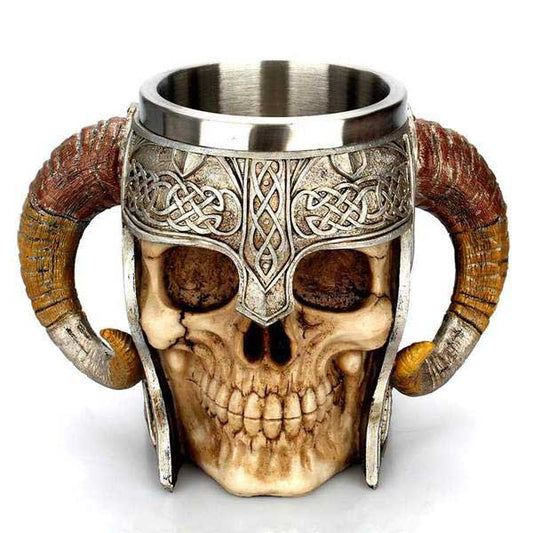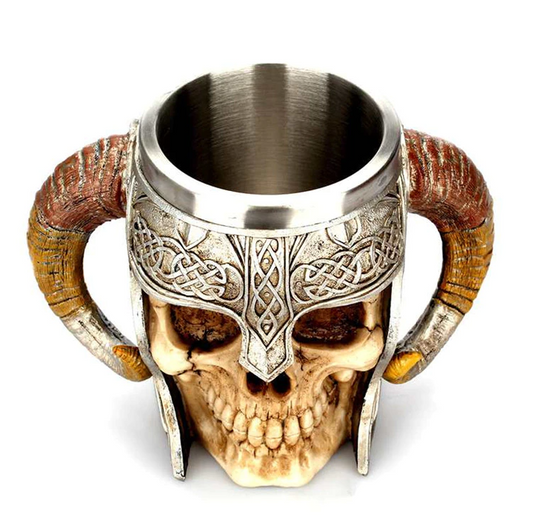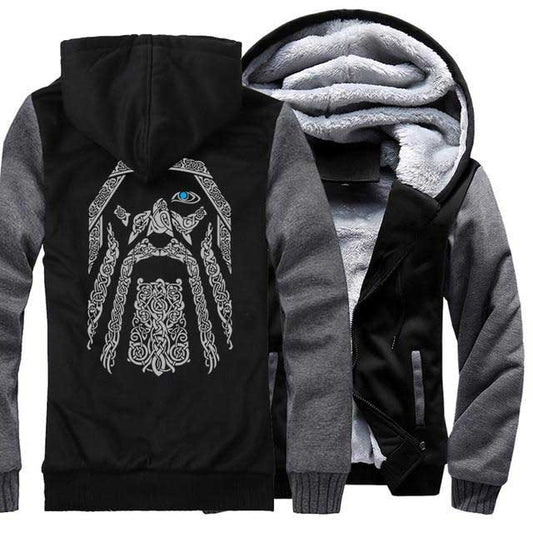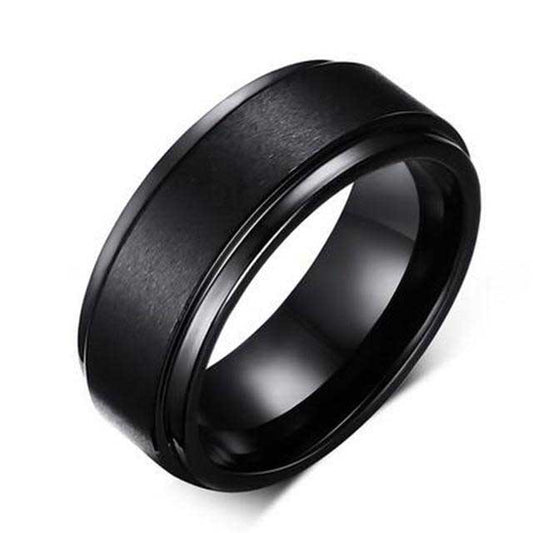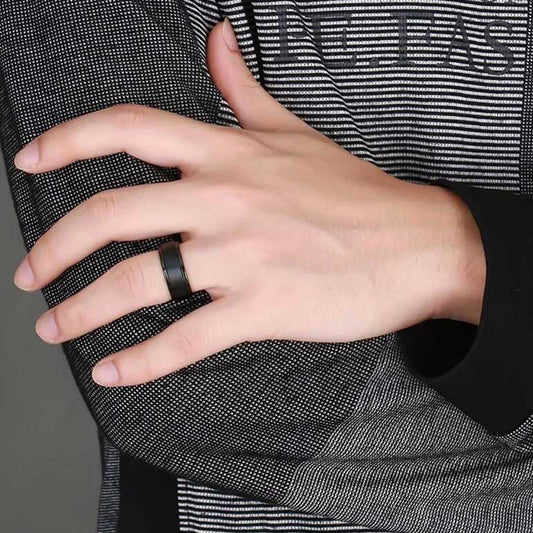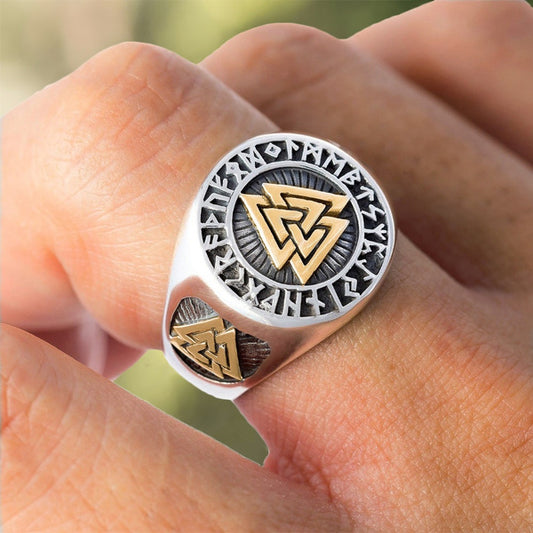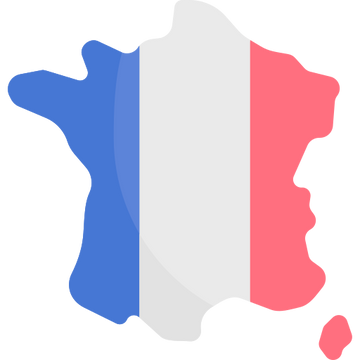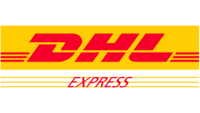Here is the list of Viking symbols that we will cover:
- The Valknut
- Odin's Horn
- Thor's Hammer - Mjolnir
- The Vegvisir
- Aegishjalmur
- Irmininsul
- Triquetra
The Valknut - the Germanic and Viking symbol of Odin

He is certainly the best known of all. However, it is also the one that carries the most mysteries around its true nature. He is of both Viking and Germanic descent . Indeed, today we find traces of the Valknut among these ancient peoples.
The symbol is seemingly quite simple. These are three intertwined triangles with their points up.
The name Valknut is a neologism. In reality, we have no written record about this symbol. It comes from Old Norse and it means "knot of the fallen" also called the warriors who died in battle.
Its earliest appearances date from the early Viking Age . That is to say between 793 and 1066 in Scandinavia and England.
The symbolism of this sign
Often depicted with Odin , he is found on Germanic tombs or Viking funeral boats .
It is a symbol that evokes death. But not in the sense of an end. It is an interpretation of death as the liberation and power of the soul . This is where Odin welcomes the Einherjars to Valhalla or takes the dead to their new realm.
The Valknut represents Odin's help in difficulties . This god indeed has the power to remove fear or render powerless. This is what makes him an important figure in the Viking religion .
This symbol is often compared with the Heart of Hrugnir . Hrugnir is a giant from Jotunheim, the world of the latter. He is even the most powerful of all and is said to have a heart of stone with three corners. This association, however, remains a theory like much of this information. Indeed, the Vikings did not leave a written record.
⬇️ Wearing the Valknut proves your loyalty to Viking values and courage! Click below to discover our jewelry collection ⬇️
The numbers three and nine.
In Viking mythology, as in many other cultures around the world, there are many mentions of these numbers.
On one side the three intertwined triangles can represent the intertwining of the three roots of the Yggdrasil tree . It is the cosmic ash which supports all the worlds including that of men, the Midgard.
On the other side, we can find the nine sides of the three triangles which can represent the nine Nordic worlds of the Vikings .
These kingdoms are respectively those of:
- Niflheim
- Muspelheim
- Asgard
- Midgard
- Jotunheim
- Vanaheim
- Alfheim
- Svartalfheim / Nidavellir
- Helheim
The Triple Horn of Odin

This symbol is represented by three intertwined drinking horns . It is a symbol of the god Odin . It promotes wisdom, inspiration, and eloquence .
In these horns, we find the beverage "Blood of Kvasir". Kvasir is a saliva-born god of the Ase and Vane pantheon. It is indeed this which marked the end of the war between these two clans of divinities.
It is from this drink that mead was born. It was made by the Fjalar and Galar dwarves by adding honey to the mixture. This drink gives the power of poetry.
Thor's Mjollnir

Also called the Crusher , this is the primary attribute of the thunder god Thor .
It is used by the latter against the forces of chaos. Whether against the giants or against the serpent Jörmungand during Ragnarok.
In all aspects of Viking life, this symbol had paramount importance. It was considered a protection against nuisances and evil spells . Indeed, we can find his trace during weddings, during invasions or looting and raids.
Often, the Vikings wore this hammer as a necklace to benefit from the protection of the god Thor. There are runes or other symbols engraved for other functions.
The Vegvisir - Travelers Guide

This Icelandic symbol comes from the word "Vegur" which means road or path and from the word "Visir" which means guide. In the Icelandic tradition, this ancient symbol had great significance with regard to orientation .
Indeed, it is supposed to guide travelers and help them not to lose their way. This, particularly in times of storm or on a journey into the unknown.
It was often affixed to Viking ships and longships to protect them.
We can also find a second shamanic meaning which is that of a spiritual compass.
⬇️ Click below to get your crush. All this with the Vegvisir symbol to protect you on the path of life ⬇️
Aegishjalmur's Talisman

It is also an Icelandic magical symbol . It is composed of eight Algiz runes .
During the Viking Age, warriors had this talisman painted on their forehead before battle. It translates to "terror spell". The Aegishjalmur had the ability to make its wearer invincible and protected.
To activate the power of this symbol, it is imperative to wear it on your person. This can be done through clothing or jewelry. Or via a tattoo.
Less known but yet very powerful, the Helm of Awe is the symbol of Viking warriors . It is an eight-armed circle that strongly resembles the Aegishjalmur talisman. It brings strength and invincibility in combat and in daily life.
⬇️ It is one of our best sellers, this Odin's raven pendant is reserved for real Vikings! ⬇️
Irminsul - the Saxon tree of life

This symbol of the Saxons can be compared to the Yggdrasil tree among the Scandinavians. Irminsul can be translated as "great or mighty column". According to the accounts, it was an ash tree or a trunk.
It is a symbol of resistance and victory. Unfortunately, it was destroyed by Charlemagne at the end of the 8th century.
The Celtic Triquetra

This Celtic symbol is very close to the Valknut as stated at the beginning of the article. It is also a symbol of Odin that provides protection . Just like the Valknut, we also find the presence of the numbers three and nine.
⬇️ Elegant, appreciated and envied, this Triquetra Necklace is your protective talisman. Book it by clicking below! ⬇️
Want to enjoy a beautiful piece of jewelry or clothing with runes? That's good, we have plenty in stock! Become a real Viking and receive the protection of the gods as well as good fortune thanks to our many product choices .
⚔️ Join the army of true modern Nordics!
Choose the rune that represents you from our wide range of products.
> SEE THE RUNIC JEWELRY
